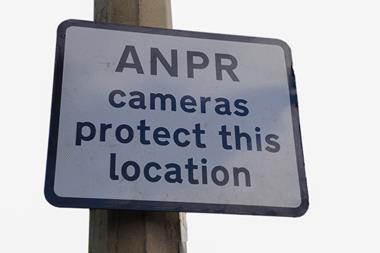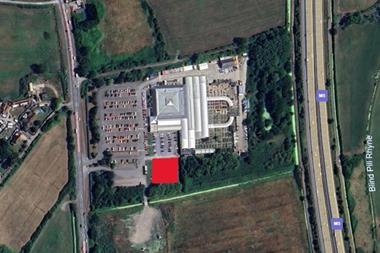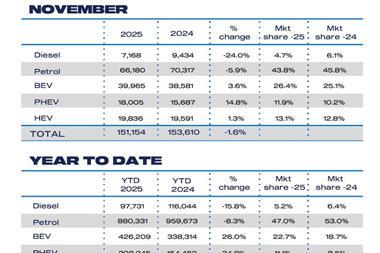Bank of England Governor Mark Carney has unveiled the design of the new five pound note which will be issued on 13 September 2016. The new fiver is the first Bank of England note to be printed on polymer, and will feature Sir Winston Churchill.
The introduction of polymer banknotes allows for a new generation of security features which make it harder to counterfeit. It is also resistant to dirt and moisture and so remains in much better condition for longer, and the strength of the polymer material means that the new fiver is expected to last at least 2.5 times longer than its predecessors – around five years.
The new fiver’s security features include:
• a see-through window featuring the Queen’s portrait, with the border of the window changing from purple to green;
• the Elizabeth Tower (or Big Ben) shown in gold foil on the front of the note and silver on the back;
• a hologram which contains the word ‘Five’ and changes to ‘Pounds’ when the note is tilted;
• a hologram of the coronation crown which appears 3D and multi-coloured when the note is tilted;
• a green foil hologram of the maze at Blenheim Palace, Churchill’s birthplace and ancestral home;
• micro-lettering beneath the Queen’s portrait with tiny letters and numbers that are visible under a microscope; and
• the words ‘Bank of England’ printed in intaglio (or raised ink) along the top of the note.
The new fiver will be issued on 13 September, after which paper £5 notes will be gradually withdrawn from circulation as they are banked by retailers and businesses. The public will be able to spend paper £5 notes as usual until May 2017 after which they will cease to be legal tender.
A new polymer £10 note, featuring Jane Austen, will enter circulation in summer 2017, followed by the JMW Turner £20 note by 2020.
Click here for advice for retailers issued by the Bank of England about preparing for the new notes.

































No comments yet